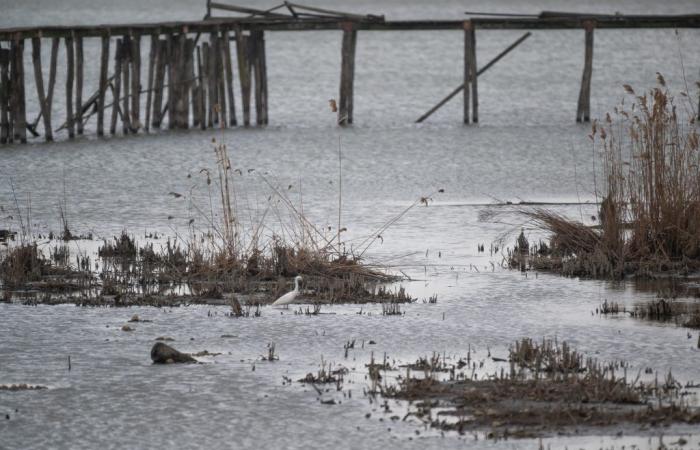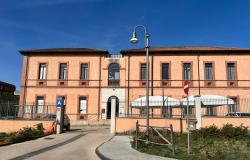by Daniele Bovi
A medium criticality with a worsening trend. In a nutshell, this is the picture that emerged from the latest Report on the water situation in Umbria, discussed last week during the meeting of the Central Apennines District Basin Authority.
Rains Starting from precipitation, between September 2023 and May 2024 we are talking about a deficit of 12 percent despite the significant rainfall in November, March and May, with peaks of over 40 percent between December and February. A situation that has caused the underground water systems to suffer, so much so that the current levels of the aquifers and the flow of the springs continue to be lower than the historical averages.
CHART: LAKE LEVEL FROM 1968 TO 2023
Trasimeno The situation of Lake Trasimeno continues to be worrying. At the beginning of June the level was -1.24 meters below the hydrometric zero (the worst data together with that of the two-year period 2003-2004), with an estimate that for September suggests a -1.70 meters. The historical series from 1968 then show a decrease in the increase during the months from August to April, which is why the Report emphasizes that if the trend continues this “will lead to a significant reduction in levels in the coming years”.
Dams and springs As for the Montedoglio reservoir, 120 million cubic meters are available, the maximum that can be filled at this stage, while at the end of the works it will reach 130. As for the Arezzo dam, used by the irrigation district of the southern Umbrian Valley, the volume currently available for irrigation is 67 percent, which does not guarantee the satisfaction of the necessary quantities. The springs still have higher flows – but not by much – than the average ones during dry periods and so, in perspective, problems could arise in the late summer period.
More data Interesting are also the historical series regarding the Bagnara and Lupa springs for the months of July from 1998 to 2024: the trend of the average flow is negative and if it were to continue this would lead to a “significant water crisis, with an increasingly worrying scarcity of resources”. The experts of the Region therefore call for setting up monitoring systems with the longest possible historical series “if we want to adequately understand the future that awaits us”. A front on which we need to invest. Still remaining on the topic of the flow of the springs, the simulations suggest an overall deficit of 510 liters per second in mid-September.
Investments Overall, the Report speaks of a “current climate trend that is now consolidated”, characterized by changes that can be much faster “than our ability to adapt”. A situation that “can no longer be addressed with emergency actions” but rather with a “medium- and long-term strategy”. Central to this will be the creation and development of monitoring networks and analysis models, as well as medium- and long-term investments “to ensure the resilience of the major human and natural systems”.






